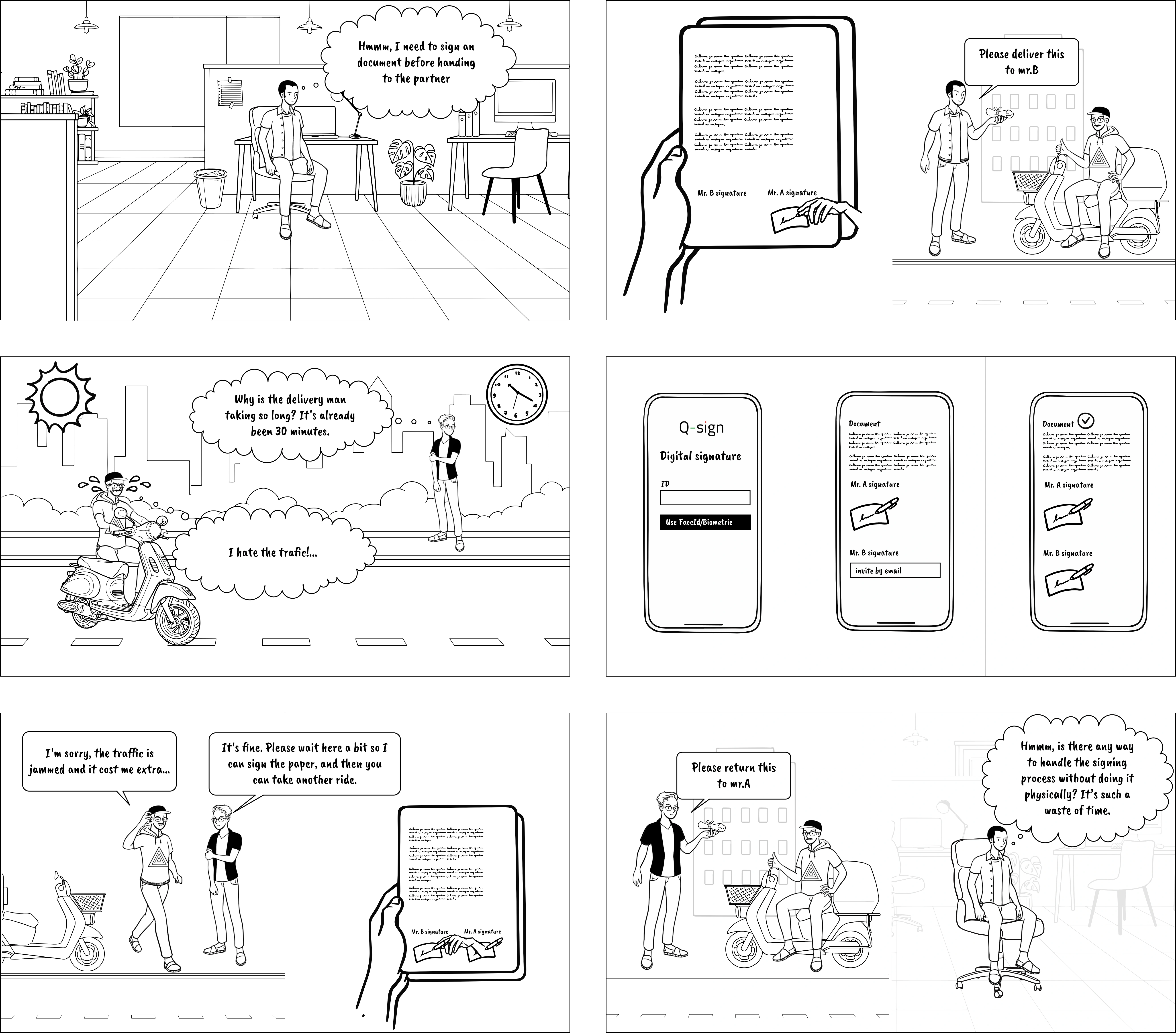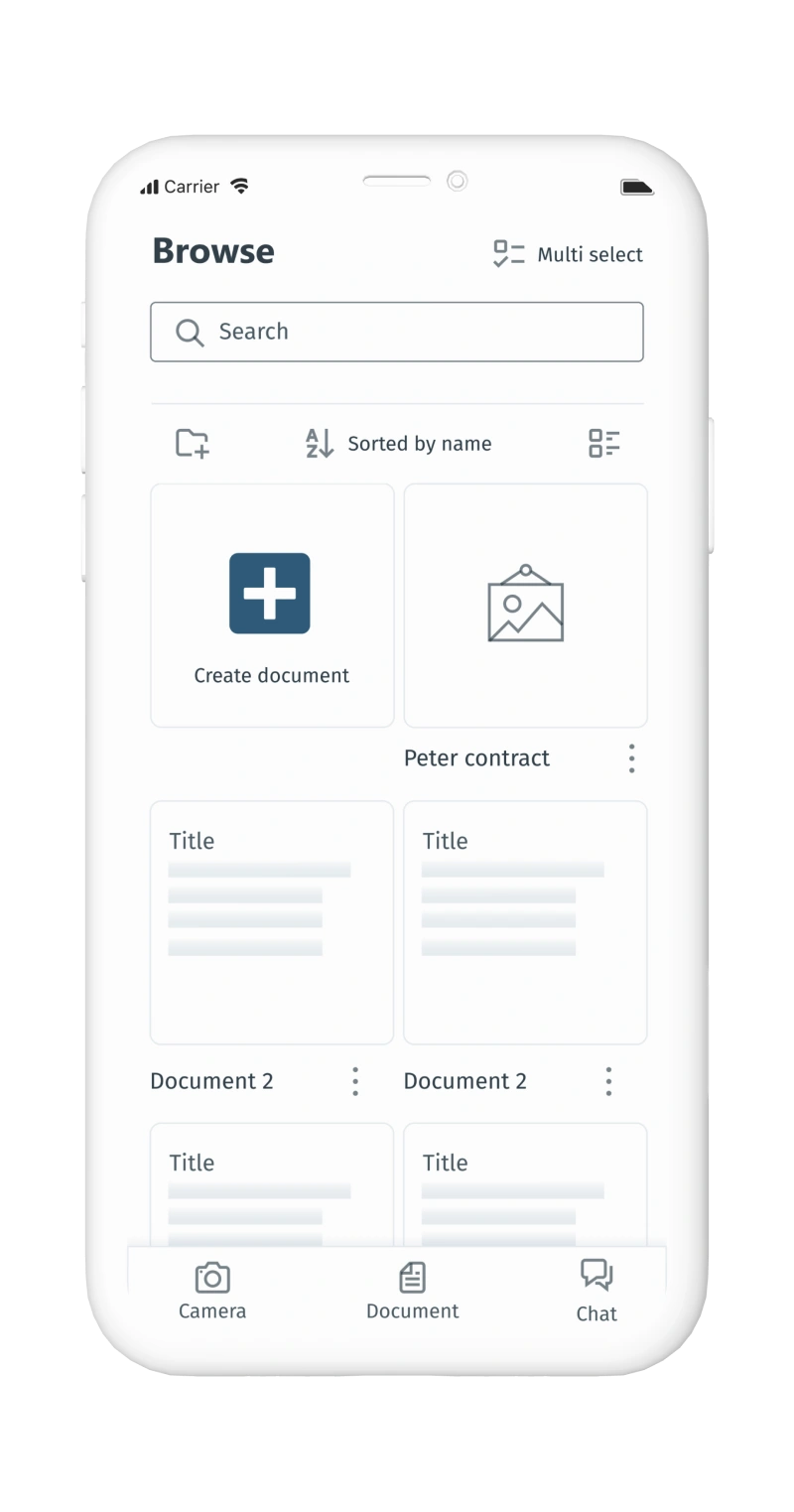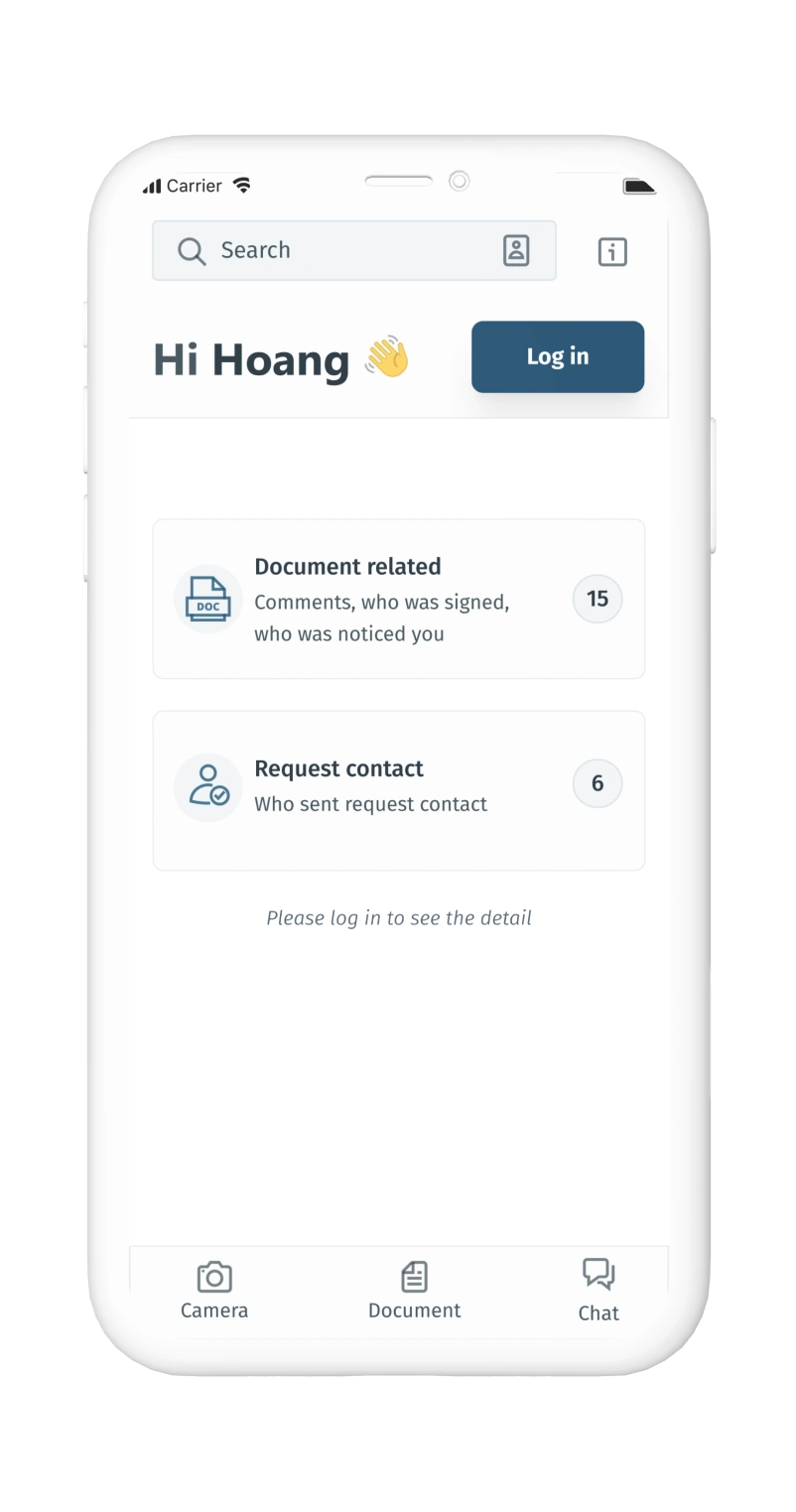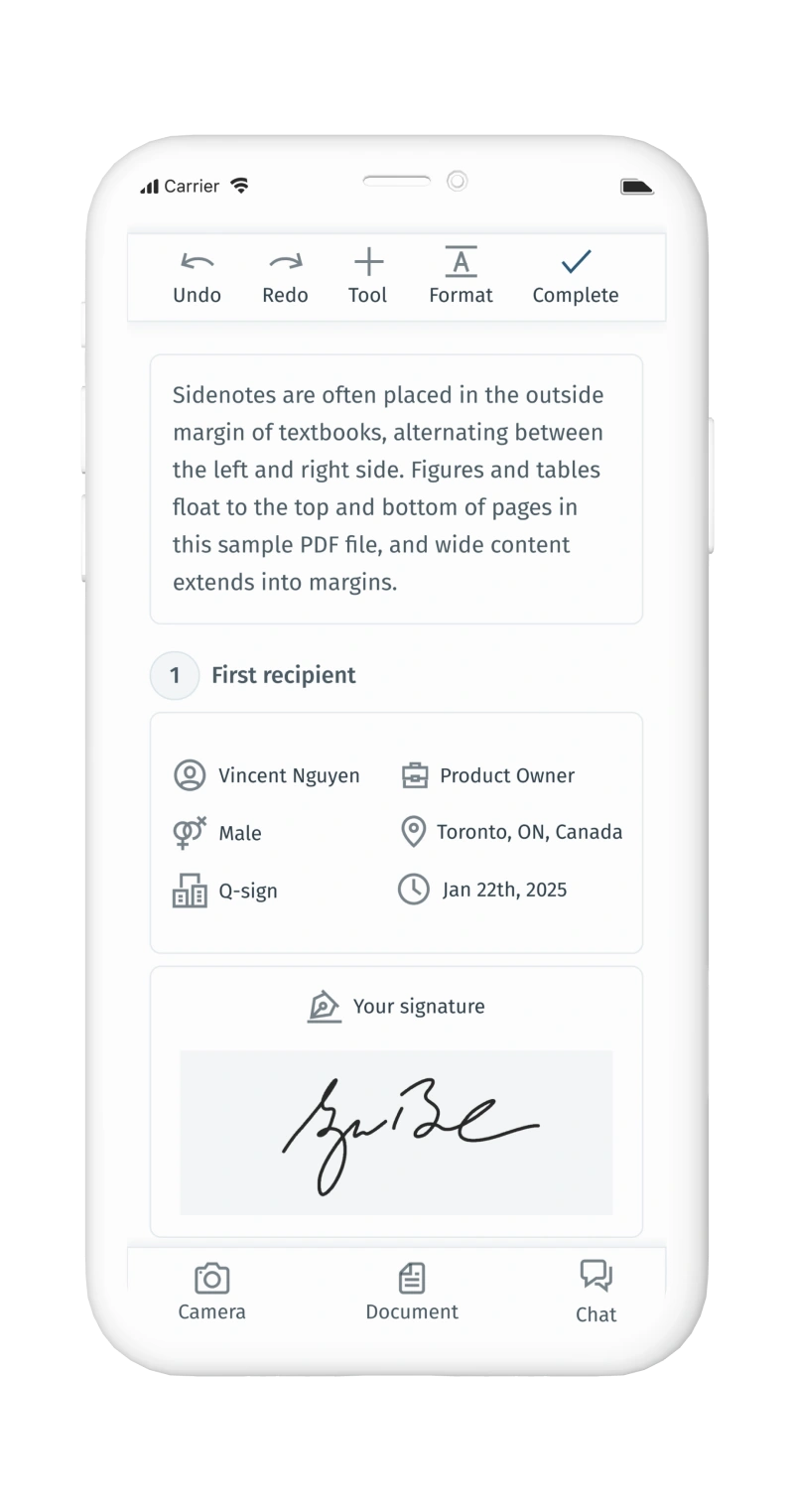How the Q-sign application was inspired by



When building Q-Sign, our aim is to revolutionize the traditional method of signing documents, particularly in contract signings. Here are the main features
The current situation of Q-Sign is that it was initially developed as an MVP (Minimum Viable Product) and attracted interest from investment capital, Do Venture. However, regrettably, the final deal did not materialize.






The prototype serves as a tool to help everyone visualize how Q-Sign works. The Q-Sign mobile and web applications were built specifically to shed light on the operation of the product for product owners, stakeholders, developers, and designers alike.
I conducted a rapid competitor analysis to assess the strengths and weaknesses of existing e-signature products in the market. Using this information, we aimed to identify opportunities for Q-Sign, whether in terms of direction, features, or target market.
Based on the weaknesses and threats identified in the SWOT analysis of competitors, the team decided to develop the e-signature product with the following key features and strategies
Before taking a picture, users must sign in or sign up. Then, they can either:
A style guide aids in designer-to-developer handoff by facilitating smooth communication between the two parties.

